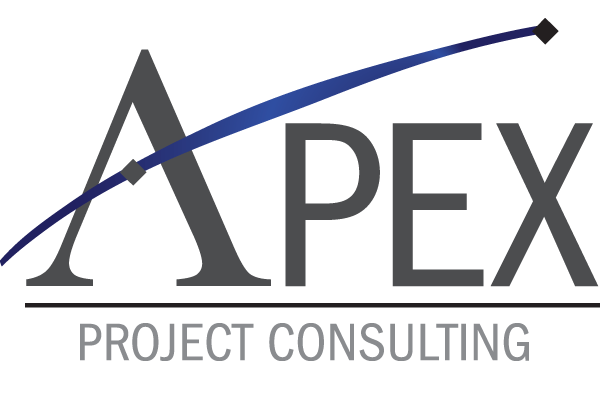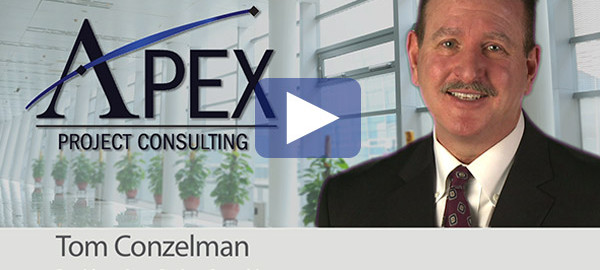So you graduated from law school. Now what?
You may think that there are plenty of lucrative opportunities created by having a law degree – and general speaking you’d be right. It’s just that actually practicing law isn’t always one.
If you aren’t leaping out of the starting blocks from an elite school, turning the sheepskin into cash flow is challenging. You might be better off as a barista than as a member of the bar.
There is anecdotal evidence (no pun intended) that a Juris Doctorate (JD) isn’t always the springboard to upper-middle-class land. According to a quick search of indeed.com, the average California attorney makes about $53,000 per year.
But before you conclude you’ve made the educational investment equivalent of buying-high and selling-low, consider just a few of the alternatives for which a JD is an advantage.
1. Capitalize on Your Versatility And Talents
A law degree makes you more versatile in the marketplace. Versatility translates into more money. It works in the business world the same way it works in sports. The greater the combination of skills, the more valued the athlete. The same principle applies to a JD – particularly when used outside of the legal field.
If you can run a 4.35 second 40-yard dash, can jump over 42 inches straight-up and can leap almost 12 feet in the broad jump, you’re pretty versatile. That kind of versatility and talent translates to money.
Those that can do more get paid more.
2. Sophisticated Consumer
A law degree makes you a more sophisticated consumer of legal services. You can speak the language of lawyers, adroitly discerning bloviating from real business. It’s a confidence booster too.
I admit it. I used to be intimidated by attorneys. Maybe that describes you as well. Certainly I was respectful of the what I-didn’t-know-I-didn’t-know blind spot. The good news is that absent the fear-factor you’ll feel more empowered to speak-up as well as mix it up; all to your client’s or company’s advantage.
Again, if you can do more you’ll get paid more. This point was illustrated for a client of mine recently. They were in the process of negotiating a build-to-suit agreement with a developer.
The short story: Negotiations between my client and the prospective developer/landlord had slowed. The friction wasn’t necessarily about typical land development issues; storm water retention, traffic circulation, soils, available volume and pressure for fire suppression, etc. It was about responsibility for risks.
Specifically, which party was responsible for issues and risks involved in the land development?
On the cross-country conference call between my client’s three attorneys (they always roam in packs) and their broker, debating the options, I jumped-in.
I suggested that they were looking at the issue from the wrong perspective. Whether our client, whose core business was not land development, could or should take on the various development challenges was not the question. Instead the only question was: Why weren’t we making this the responsibility of the developer through the real estate transaction?
An interminable pause followed.
The attorney from New York released the conversational parking brake and said, “That’s right. We should make these (issues) reps [representations] and warranties.” The idea was seconded by the other pair of lawyers. The result? My client avoided hundreds of thousands – if not actually unbounded – risks and costs.
If you’ll think more broadly, you’ll find that the JD multiplies the applications and advantages of your natural business acumen.
3. Career opportunities
A quick Google search reveals a long list of career opportunities enhanced by a legal background. In fact, it’s probably easier (and shorter) to enumerate the things that aren’t improved with a law degree. Pastry chefs could probably do without. But not if they’re opening their own business.
From politicians to plumbers, a JD will help you be more effective and useful (assuming you’ll allow that using the word “politician” and “useful” in the same sentence is not an oxymoron).
If gives you an advantage in almost all aspects of business.
4. The Never-Ending Need for Contracts
Almost all human interactions are memorialized in some fashion. Whether they’re written or unwritten. This includes rental agreements, purchase agreements, factory warranties, prenuptials, and even waivers so your kids can enjoy the local skate park or participate in organized sports. You’re probably mentally adding to this list right now.
Consider the real estate industry. I can’t think of another industry so burdened by a morass of documents. All things real estate-related seem to have an agreement attached to them. Whether it’s an offer sheet, letter of intent, sale and leaseback, work letter, purchase and sale agreement easement, right-of-way, or lease agreement, the list goes on ad infinitum.
A friend of mine quoted one of his professors saying, “If people fully understood the impact of taxes on their lives, that’s all they would talk about.” This is also true of contracts.
In fact, the more saturated your industry is with legal agreements or attorneys the greater the advantage. Again, the point is you don’t have the practice law to get full-time, year round benefits.
There’s more to it than helping yourself, you can also help your neighbor.
5. Givers Get More Back – Volunteering
I’m not talking about the straight ahead pro bono stuff. That’s important. But there’s more.
You could teach. I did. There are a lot of people hungry for even just a little legal help. While I taught Contracts for Contractors, it could be a smaller commitment. Maybe you might help a neighbor draft a letter refuting an excessive medical bill. Or it might be providing some guidance to a single-parent navigating a Travel Consent Form.
In fact, anyone that interacts with the legal system or courts could use your help. Consider CASA.
Court Appointed Special Advocates (CASA) is a national association in the United States that supports and promotes court-appointed advocates for abused or neglected children in order to provide children with a safe and healthy environment in permanent homes.
It’s not required that you have legal training. But it helps.
Everyday opportunities to help are all around. Being more helpful feels great, and you’ll also benefit from the authentic networking that develops when you volunteer your time.
So, To Wrap Things Up
If after you’ve graduated, the 80 hour work weeks and the pedestrian salary aren’t what you had envisioned, don’t worry. You’ll find that there are plenty of other opportunities to leverage your education, whether you graduated from Western State University, College of Law (my alma mater) or elsewhere.
Regardless of your profession or industry, in the long run, it will pay dividends your entire career.
What got me pulled into the law school wood-chipper was the need to survive in the lawyer-dominated, wireless real estate development industry. But what I got out of it was more valuable and enriching – economically and otherwise.
You’ll get more too.
Now, I’ll have that no-foam latte please.














